
Fig 1.Waterfall at 0.37 Hz bin bandwidth.
IntroductionLinrad can be set to display waterfall graphs at very high resolution. Technically that is an easy thing to implement in any SDR software and the images below are intended to create an interest in using such high resolution waterfalls in the MW DXer community.Any SDR package that can be run in SSB mode to feed a DRM decoder or any other processing software could feed a simple program that would compute very large FFTs. In Linrad such transforms can be provided by the baseband graph and that is how the images below are produced. The SDR-IP at various bandwidths.Figure 1 shows a recording made on Sept 03 to Sept 04 2010 at 48 kHz bandwidth. The recording starts at about 20.15 GMT which is 22.15 local summer time. This recording is made with a small wire, about 10 m in length which is connected directly to an SDR-IP through a coaxial cable. The SDR-IP is provided with the low noise option. The narrow bandwidth, 48 kHz, was selected to make the file size small. It is 9 gigabytes and Linrad can run through it in about five minutes on a fast computer if the audio output is dumped (with the F3 key.)Sunrise is at 03.50 GMT. One can see how the European signals disappear at that time. Transatlantic signals stay for about half an hour longer. Figure 1 spans about 320 Hz with a bin bandwidth of 0.37 Hz. Figure 2 spans about 80 Hz at a bin bandwidth of 92 mHz (0.09Hz) and figures 3 to 7 show the recording at sucessively higher resolution in steps of a factor of two. The SDR-IP is not calibrated so the frequencies have an unknown offset. The signal at 1029918 Hz seems to come from a location where sunset is at 23.00 GMT. The one at 1029946 seems to have sunset at 0030 GMT and seems to close at 02.50 GMT. Those two are visible in figure 1. The signal at 1029997.425 has sunset before 20.15 GMT and sunrise at about 02.30 GMT while the signal at 1029997.50 which also has sunset before 20.15 GMT has its sunrise at about 00.20 GMT. Besides looking at sunrise and sunset the DXer might look at a similar recording made by someone on another continent. The frequency and how it varies by time makes it possible to identify each station that can be seen in the recording. The recording used to produce the images on this page does not have the S/N required to recover any modulation at all. With a better antenna it would be possible to recover the modulation of the dominating signal at 102997.41 Hz. One could also use the waterfall graph to find the times for QSB minima of this signal and perhaps recover some other signal at those times. Figure 8 shows the averaged spectrum at 46 mHz bin bandwidth. The time is about 03.20 GMT. The strongest signal is about 42 dB above the noise. This corresponds to S/N=-20 dB in 8 kHz bandwidth so an improvement of about 30 dB is required in order to make it possible to hear any detected audio. The very narrow bandwidth provides extreme sensitivity. Signals 35 dB below the strongest one are visible. With highly stable receivers and very high resolution waterfalls it will be possible to locate the times of interest where some interesting signal could be audible. This kind of analysis will become far more powerful when two channel receivers have become available since the phase angle between the two channels would give the azimuth to the station and in combination with sunrise or sunset it should point to the geographical location with sufficient accuracy to identify a large number of stations. Perseus and SDR-IP running simultaneously on the same antenna.Figures 9 and 10 show the same screen at different settings of the waterfall colour scale gain. This screen was captured during the night of September 23 2010. The left hand side of the screen is from the SDR-IP while the right hand side is from the Perseus. Both hardware are set to send 125 kHz banswidth to the computer and all processing parameters are identical except the gain for the waterfall colour scales that differ by 6 dB between Perseus and SDR-IP. The antenna was 5 meters of wire near ground about 20 meters from the house. This antenna can be seen as a capacitive probe measuring the vertical electrical field. The two receivers were connected through a 3 dB hybrid. The isolation was only 8 dB because of the poor matching to 50 ohms of the antenna. (Without cable losses the isolation would have been about 6.5 dB.) The receivers do not send out any signals so this isolation is not needed. The power supply of the Perseus is modified with a 1 uF capacitor right across the connector. Without that capacitor the Perseus does emit weak signals on MW that might have become visible in figure 10 and that would have been identical in both receivers without the hybrid. To see the power supply emissions from the Perseus antenna connector well one has to use a preamplifier on the radio that is used to listen to the emissions from the Perseus.Both units send 24 bit data to the computer. The Perseus data is right-shifted by one bit (probably to allow real-valued data in case the center frequency is set to zero.) That does in no way affect the result except that the 6 dB gain difference has to be compensated for to get similar colour scales. Peresus uses the smallest bit as a flag to indicate A/D overload. The remaining 22 bits at 125 kHz correspond to more than 18 bits at 80 MHz so rounding errors are hidden deep down in the internal noise of the A/D converter. Figure 9 shows the screen as it looks in the morning with colour scales that looked good during the night. It is obvious that the SDR-IP with its temperature controlled low noise crystal oscillator is more frequency stable than the Perseus, but otherwise the receivers produce nearly identical results. Both units are uncalibrated and they differ by about 2 Hz. Figure 10 shows the same waterfall graphs as figure 9 but with 10 dB higher gain in the waterfall colour scales. Here daytime noise background from the antenna is visible about 3 dB above the internal noise of the hardware. A spur at 1025 kHz is visible in the SDR-IP, but otherwise the two receivers are very similar. |

Fig 1.Waterfall at 0.37 Hz bin bandwidth. |
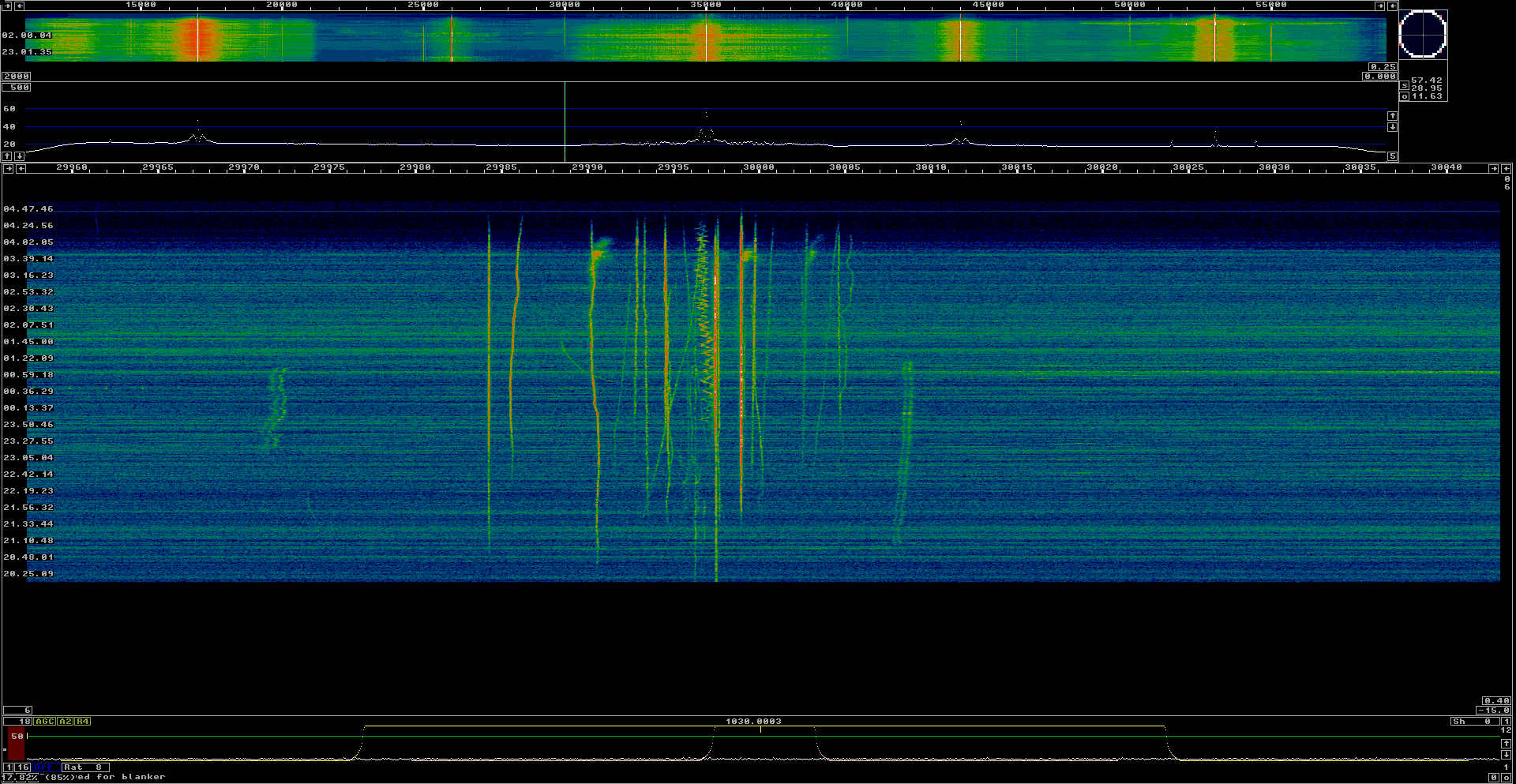
Fig 2.Waterfall at 92 mHz bin bandwidth. |
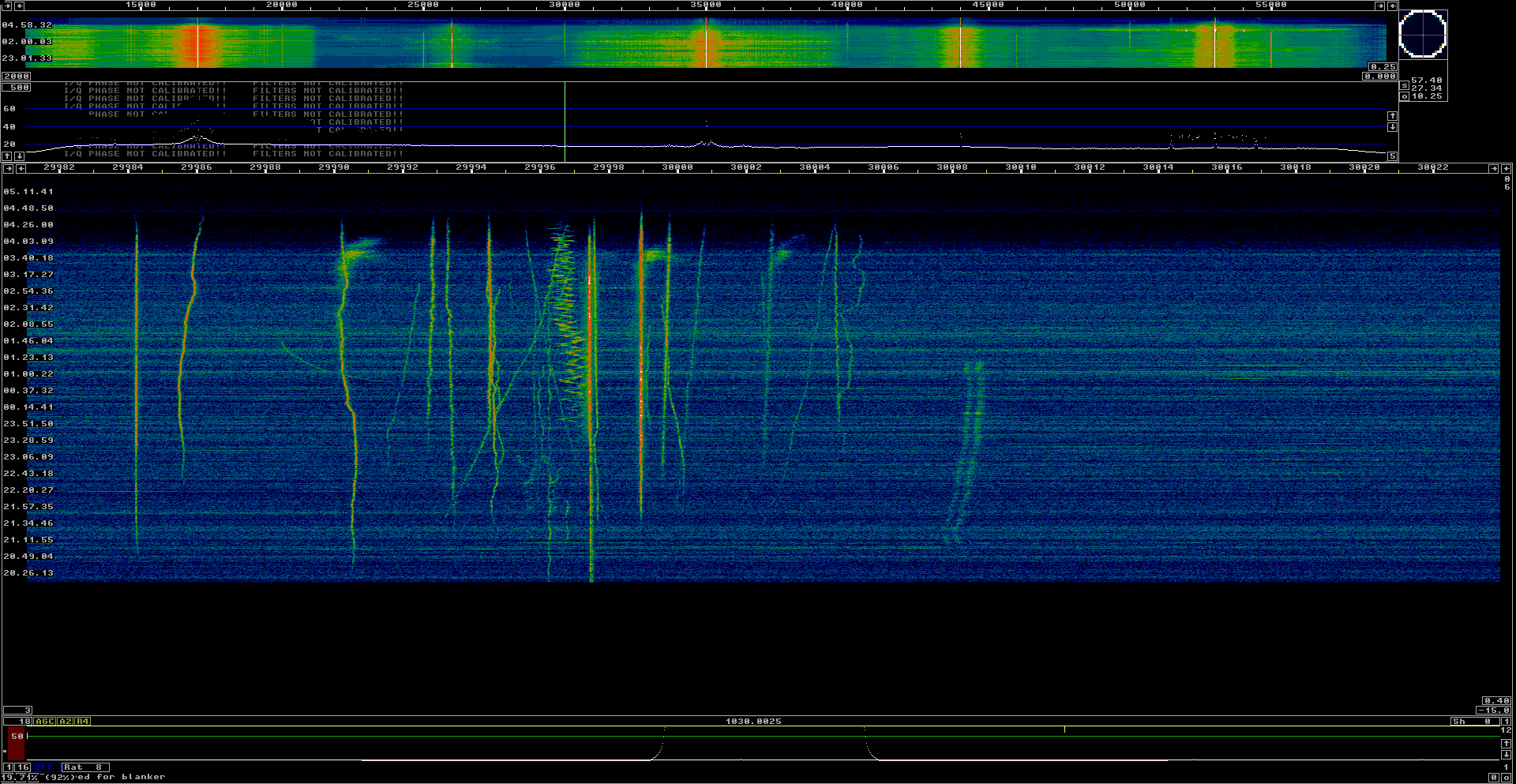
Fig 3.Waterfall at 46 mHz bin bandwidth. |
|
|
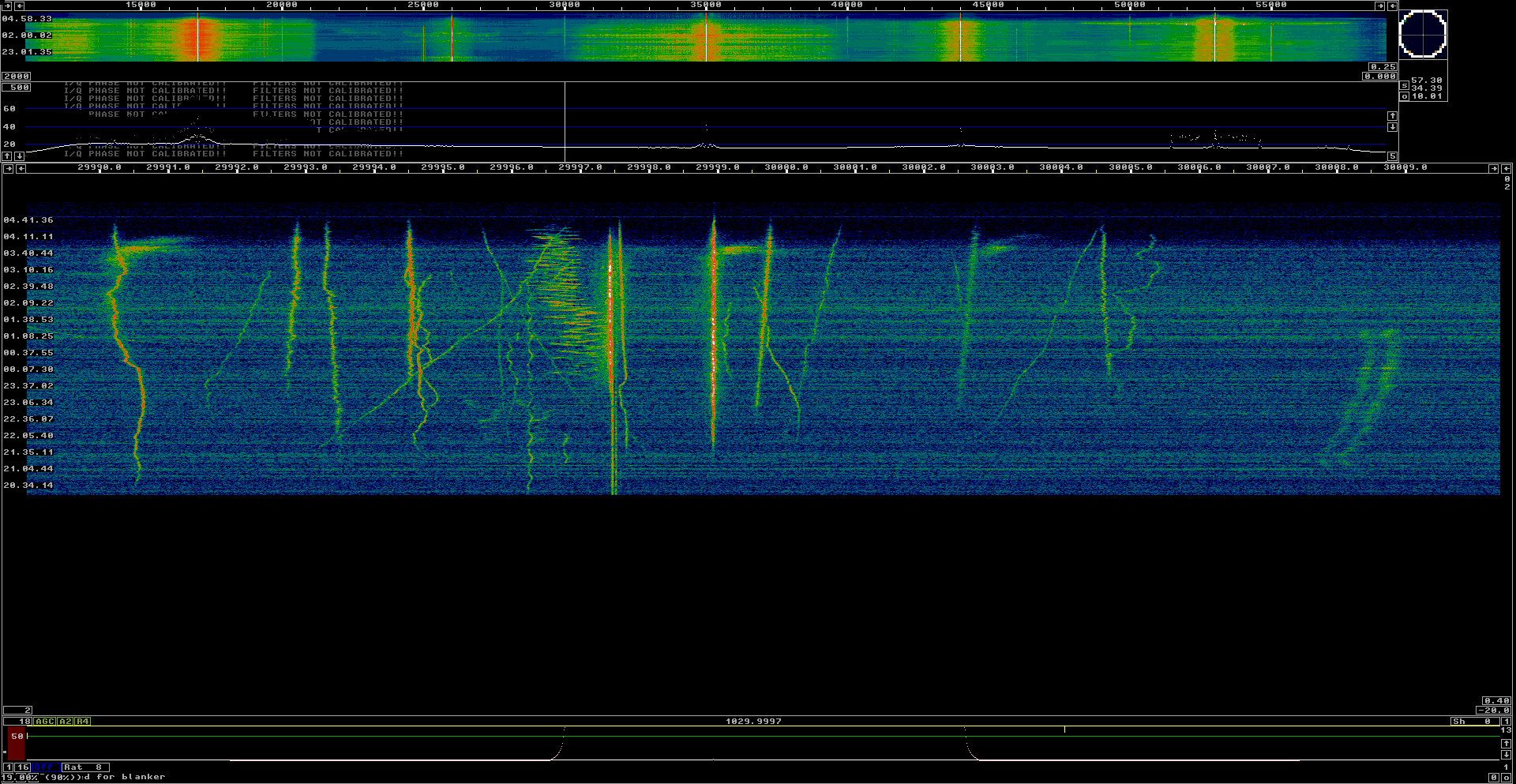
Fig 4.Waterfall at 23 mHz bin bandwidth. |
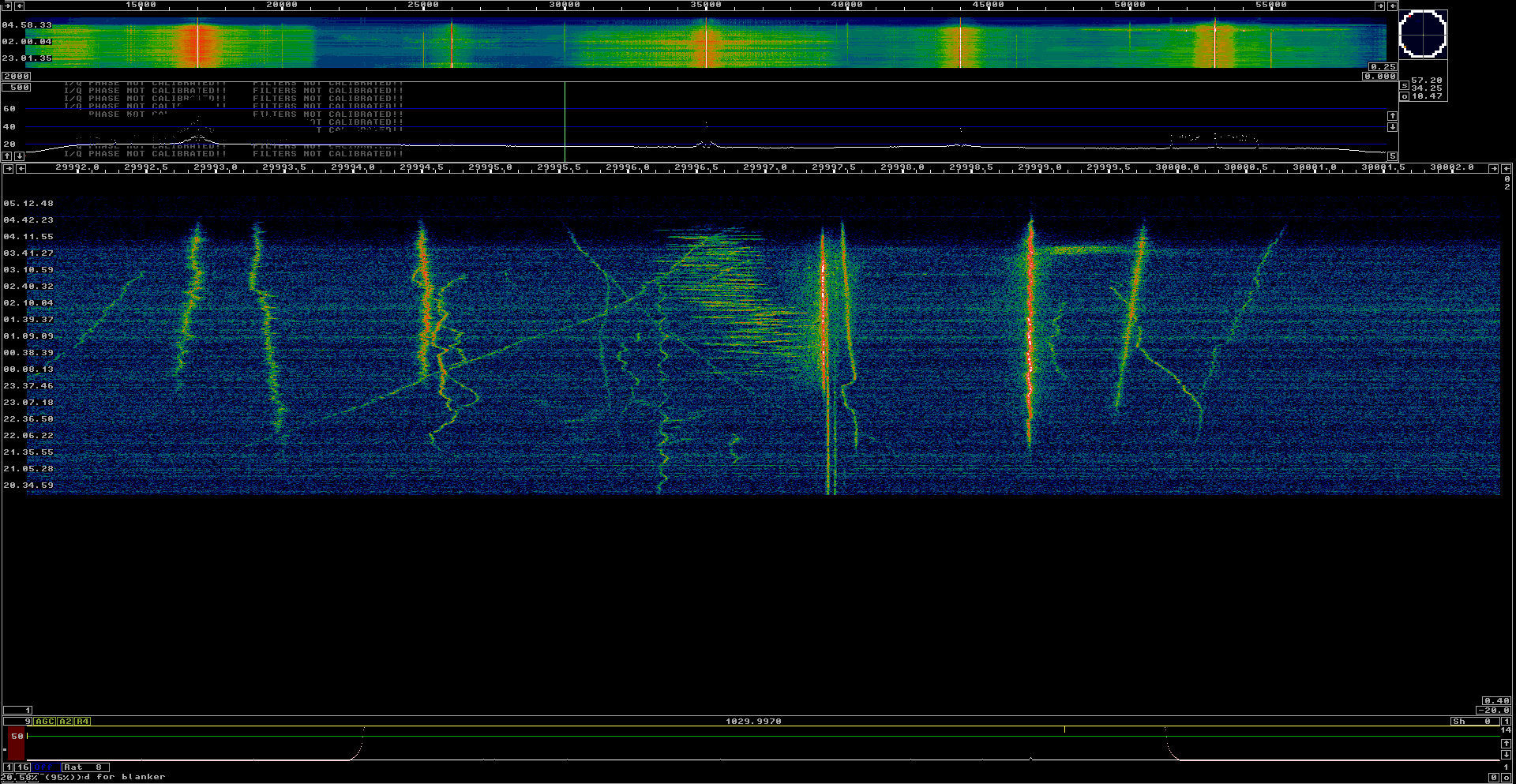
Fig 5.Waterfall at 11.5 mHz bin bandwidth. |
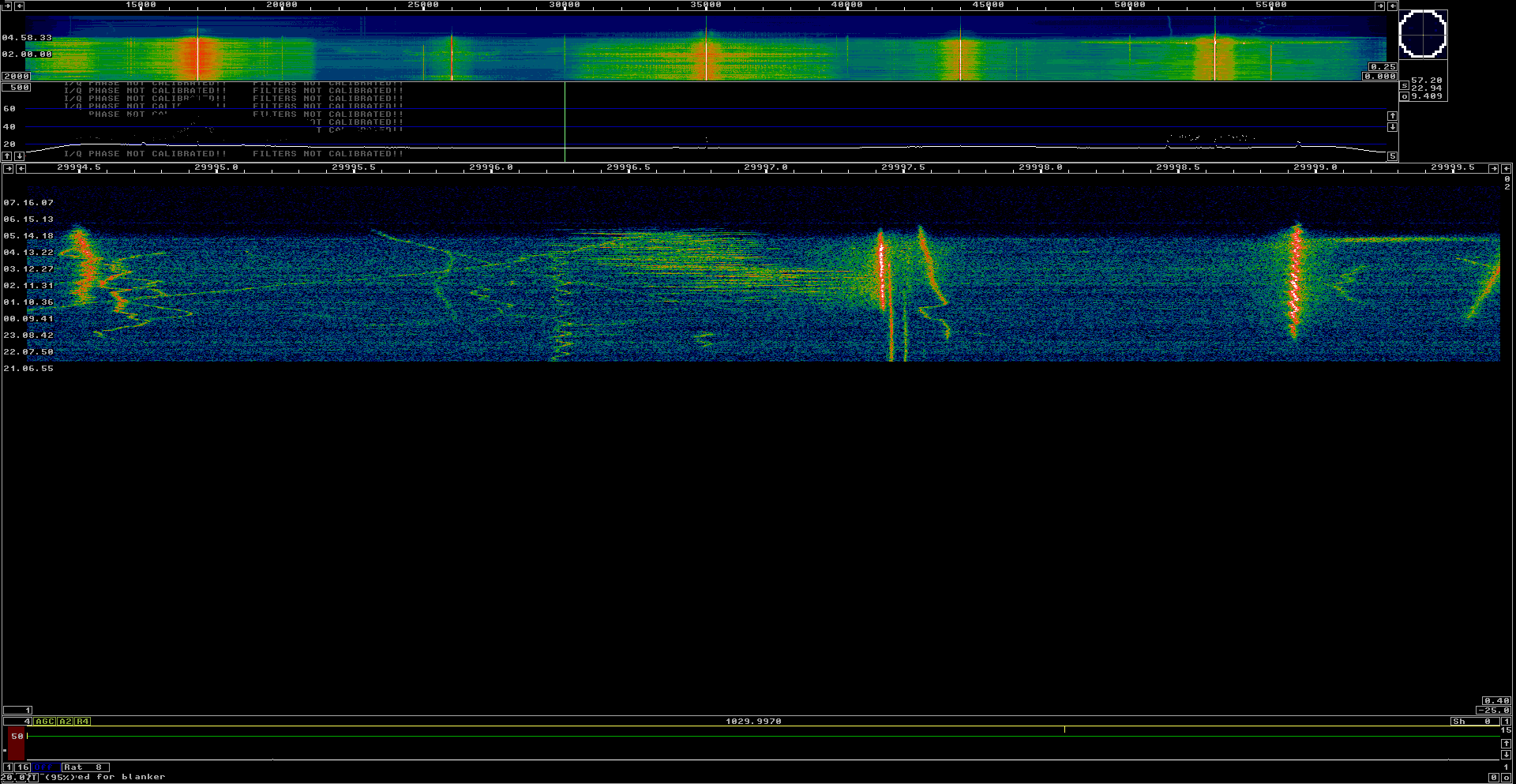
Fig 6.Waterfall at 5.7 mHz bin bandwidth. |
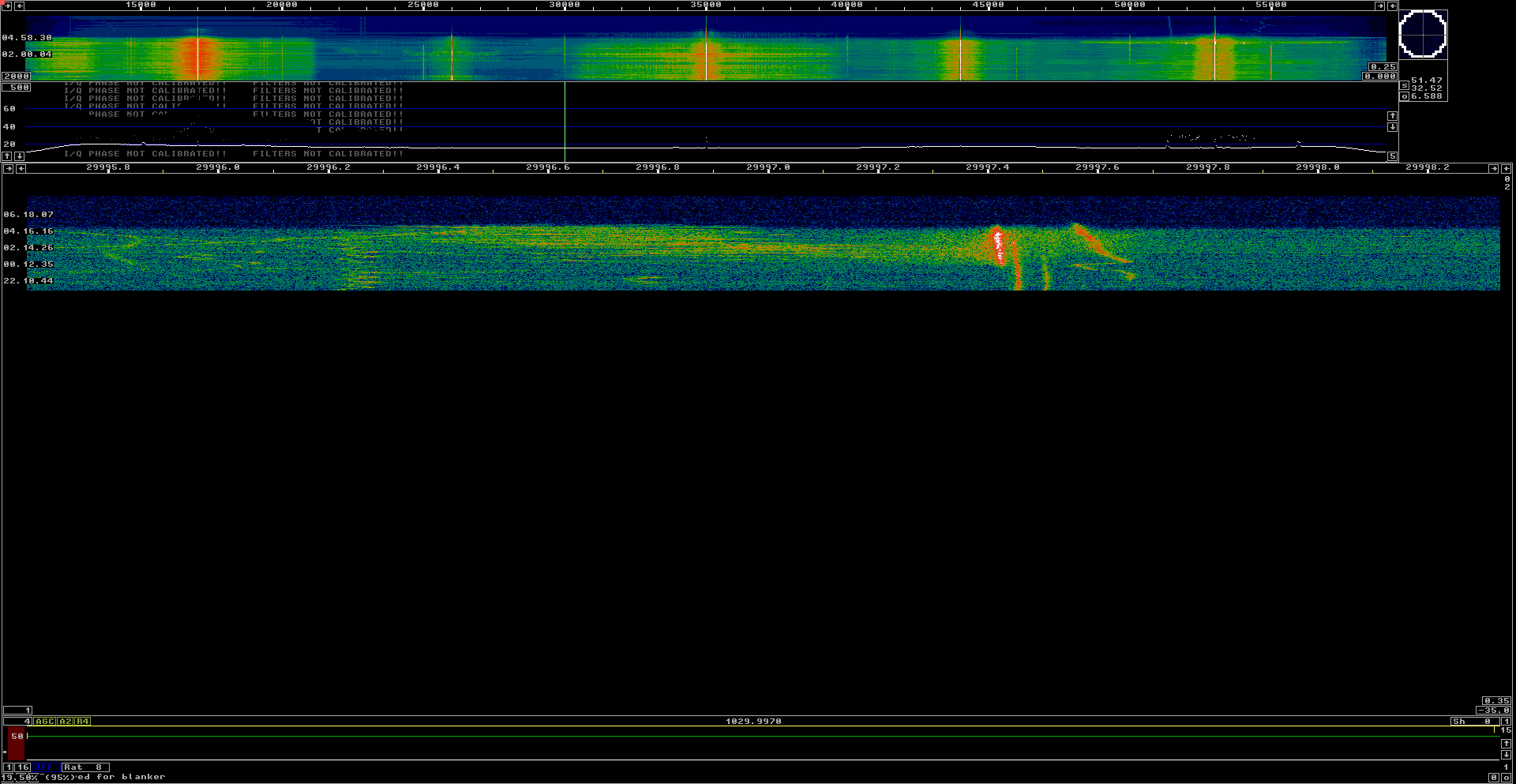
Fig 7.Waterfall at 3 mHz bin bandwidth. |
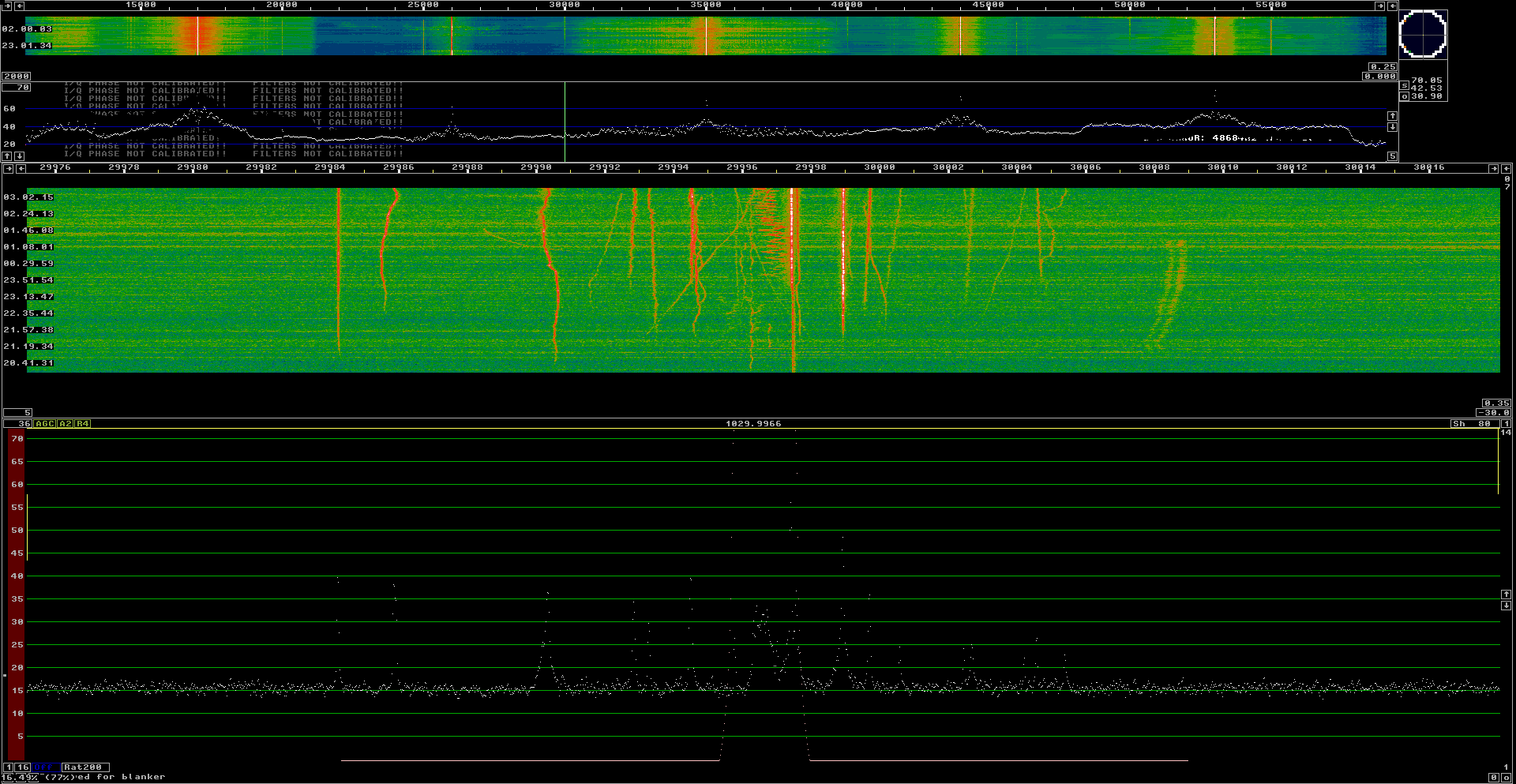
Fig 8.Averaged spectrum at 46 mHz bin bandwidth. |
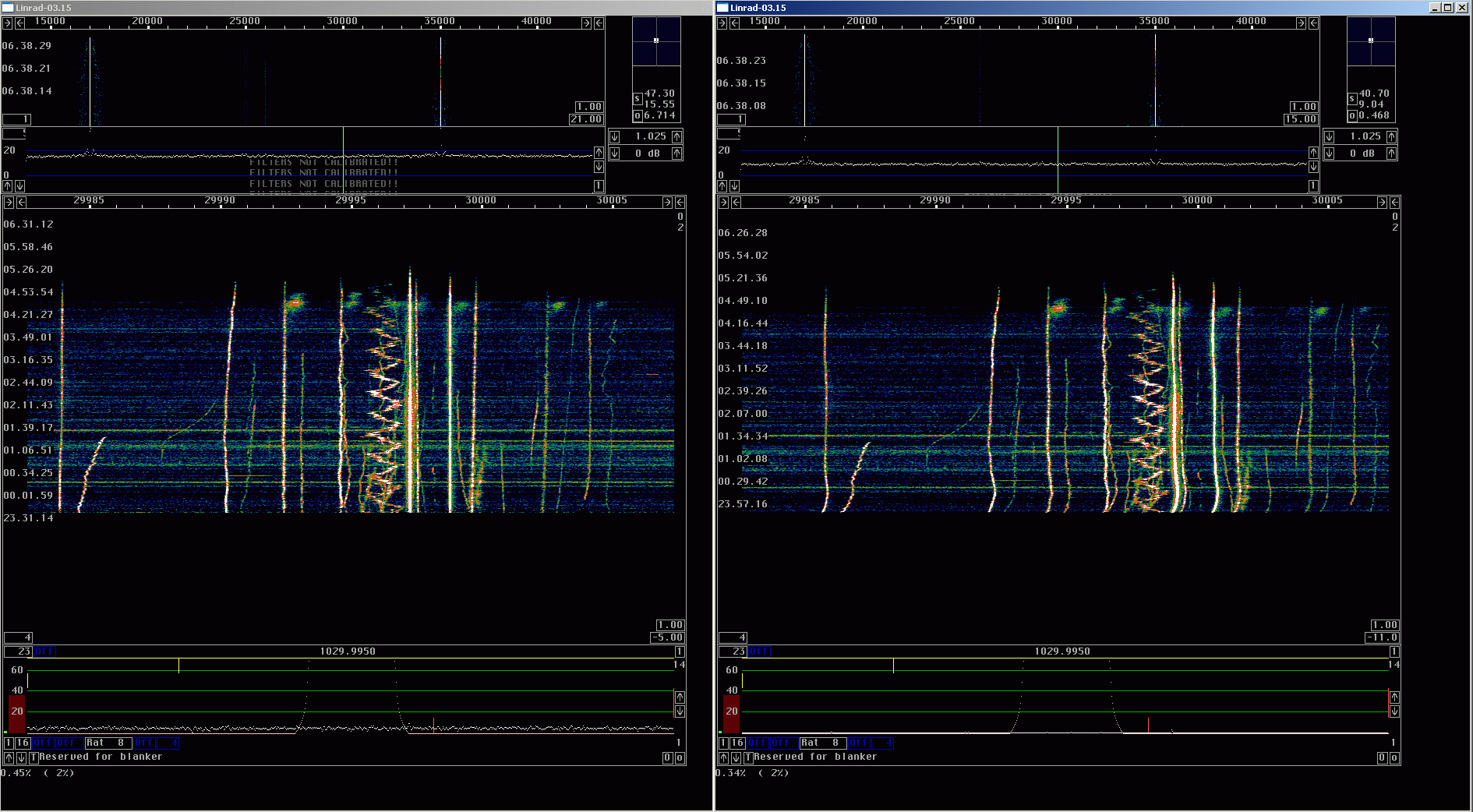
Fig 9.SDR-IP and Perseus with the same antenna. The SDR-IP is on the left hand side. |
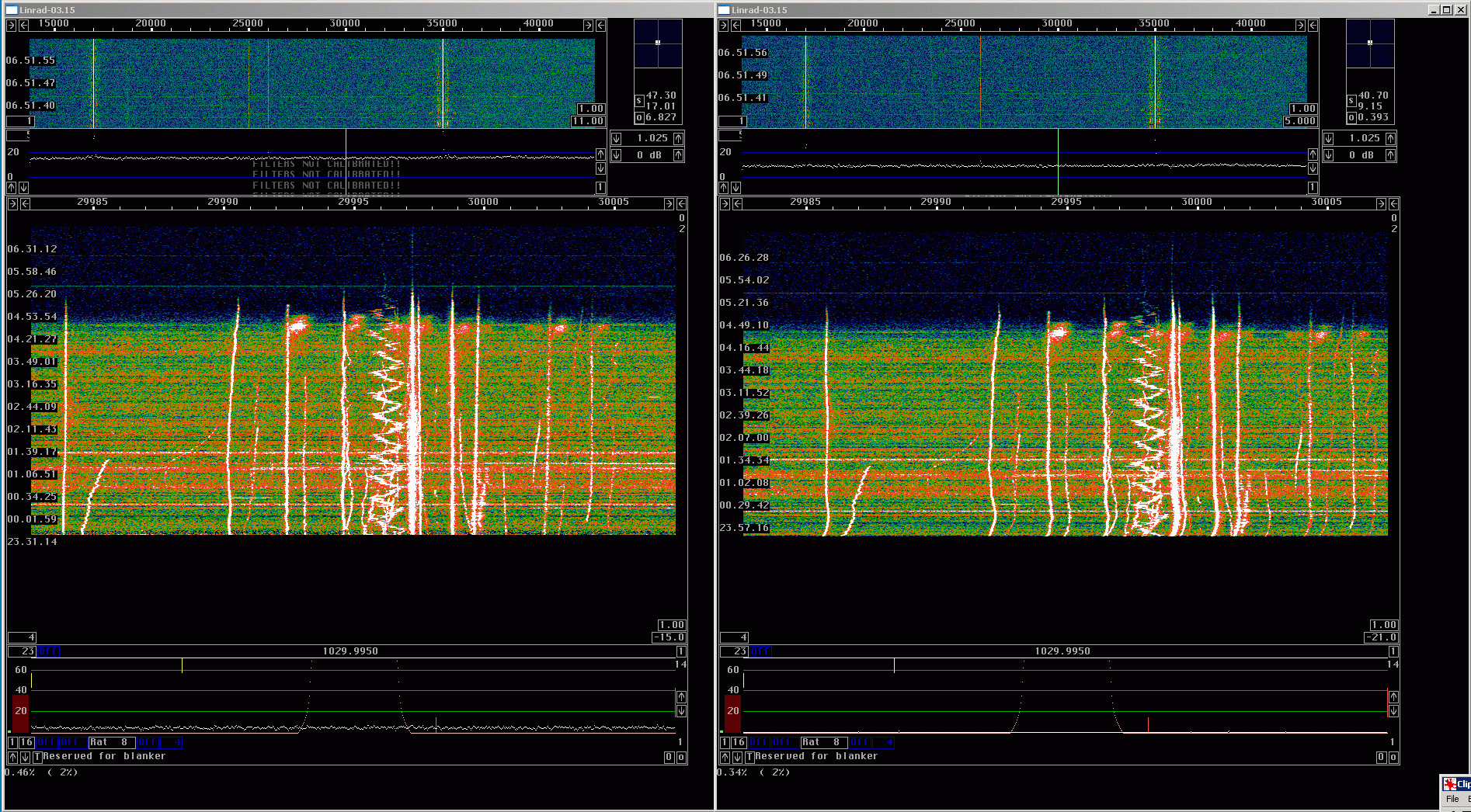
Fig 10.Same as figure 9 but with 10 dB more gain in the waterfall colour scale. |
| To SM 5 BSZ Main Page |